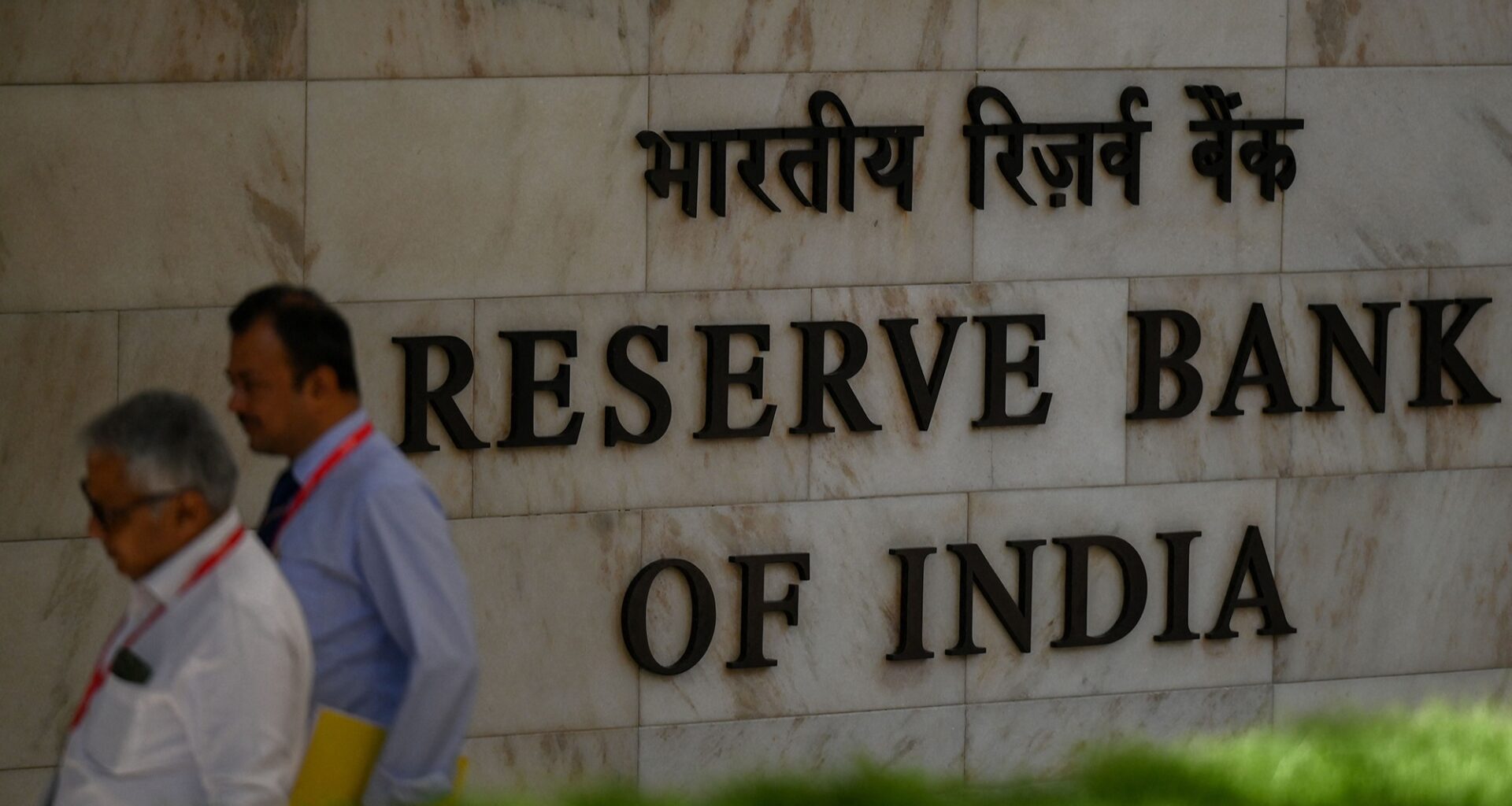Experts have warned that additional restrictions on India’s financials are stifling lending and curtailing the country’s economic growth potential, as the Reserve Bank of India reportedly considers introducing curbs on the activities of the country’s shadow banks.
The RBI was reported last month to be planning to prevent shadow banks, also known as non-bank financial companies, from having a subsidiary offering the same lending services. At present, the two could be regulated as two separate entities, duplicating the lending function and potentially surpassing exposure limits on certain sectors or business models.
The move would be in line with similar regulations applied by the RBI to mainstream banks last year, which experts have criticised for slowing the country’s economic growth potential.
“The RBI is both a monetary authority and the regulator of the financial system, but these roles remain largely separate,” said Ruchir Agarwal, director of the Raj Center at Columbia University.
“At times, its regulatory decisions overlook the broader macroeconomic impact, creating tension between financial stability and the credit needs of a growing economy.”
India’s GDP growth for 2024-2025 ending in March slowed to 6.5 per cent, its lowest annual figure for four years. While headline growth has since picked up, nominal GDP — which is not adjusted for inflation — fell in the three months to end-September.
“There is genuine risk here, and the RBI is right to be vigilant,” said Agarwal, noting a rapid rise in unsecured lending from credit cards and online loans from shadow lenders.
“But I wish supervisors would bring macroeconomics and economic growth more directly into their decisions. Financing is central to India’s growth story, and we underappreciate that.”
NBFCs have grown in prominence as a source of credit in the past 10 years in India, after the RBI placed lending restrictions on several public sector banks due to concerns over their asset quality.
However, the default of NBFCs Infrastructure Leasing & Financial Services in 2018 and Dewan Housing Finance in 2019 triggered a funding squeeze in the sector.
The industry was granted a respite by Covid, says Agarwal, as liquidity injections, moratoria and credit guarantees brought stability to the system.
NBFC credit grew by 20 per cent in the year ending March 2025, with banking sector loans up by just 12 per cent over the same period, according to Boston Consulting Group data.
Yet the RBI warned in June that many NBFCs face risk from higher funding costs, deteriorating asset quality and household debt stress.
There are signs the NBFCs have fallen out of favour with investors, with several lenders, including SK Finance and Belstar Microfinance, cancelling or delaying their plans for an initial public offering, according to Bloomberg.
The RBI’s reported plans for the shadow banking sector are to rein in the “hidden leverage” that NBFCs have developed as they expand their offerings into gold loans, consumer credit and microfinance, according to Sher Mehta, chief economist at Virtuoso Economics.
Mehta notes that while such institutions have broadened financial inclusion — particularly digital lenders — many have stretched underwriting standards and capital buffers.
For the NBFCs, the move will force them to focus on a single line of business, as the central bank strives to simplify structures, improve clarity around funding and liquidity management, and lower contagion risks.
“In the short term, borrowers may see fewer one-size-fits-all offerings and slight rate increases as firms adjust to new compliance requirements and hone their core strengths,” says Mehta.
“This shift is expected to drive strategic mergers or divestments among larger NBFCs and encourage smaller, specialised firms to form partnerships or consolidate to maintain scale under tighter scrutiny.”
